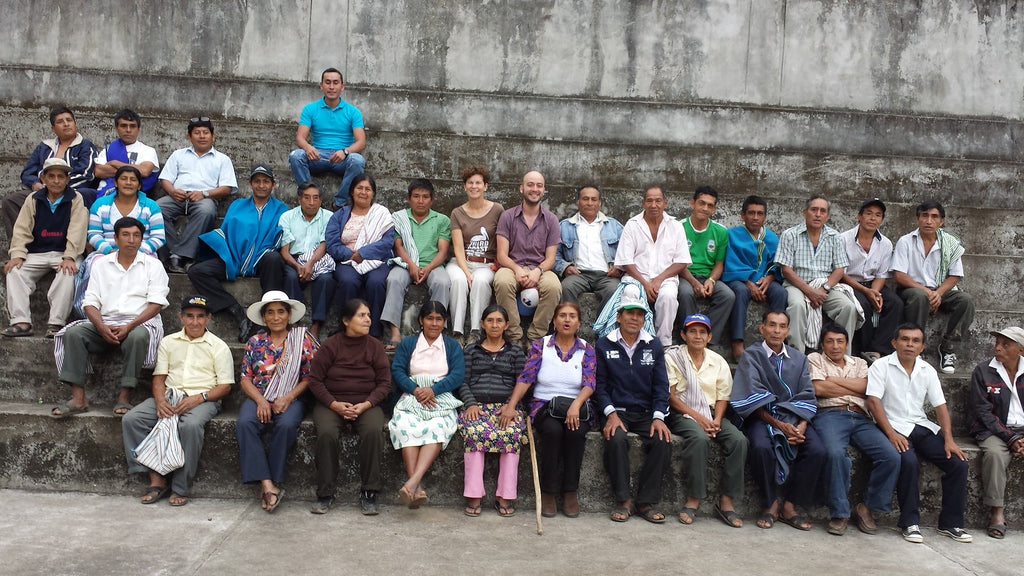
The majority of the world’s specialty coffee is processed in approximately the same way: handpick the ripe cherries, pulp (remove the fruit from the seed/bean), ferment, wash in vast amounts of water, dry, mill/sort, export.
But occasionally you’ll come across a bag of coffee marked as “natural process,” “dry process,” or “sundried.” This variation moves the drying step to much earlier in the process—just after picking—and eliminates the washing/soaking completely, so that the coffee bean is in contact with its fruity cherry much longer than traditionally-processed coffee. The whole coffee cherries are dried, sometimes on raised beds and sometimes raked into a single layer on cement patios, and once they reach the ideal moisture level (no higher than 12%), their entire hulls are removed mechanically to reveal the green coffee seed. This extended contact between seed and fruit results in—surprise!—a much fruitier coffee. Sometimes the fruit exhibits itself in citrusy characteristics; other times with intense berry notes, such as in our Ethiopian Sidama Telamo and our just-arrived new lot of a natural-process coffee from the Piura region of Peru.

Pictured: the farmers of Coop JD Condorcanqui in Coyona, Peru
It’s a unique delight to feature a dry-processed coffee from Peru, where there are very few farmers processing their coffee in this way. Dry processing is often relied on in areas of the world with little or no access to water, such as Ethiopia and Brazil, but Coop JD Condorcanqui (which is part of the larger Norandino cooperative) is one of the only groups in Peru using dry processing. What’s more, dry processing uses no water at all, in contrast to the 35-60 liters per dry parchment (dry but unhulled coffee beans) used in traditional processing. To be fair, the water used in processing only represents a portion of overall water use for producing a coffee plant, but every little bit of conservation helps. Not only is dry-processed coffee an environmentally-friendly choice, it's a delicious one as well.
This coffee is bursting with lilac and cocoa aromas and sweet notes of strawberry jam. We are thrilled to have it back for another spring season!
Additional resources:
Beyond the Quality of the Water in Your Cup: Coffee and Water Resources at Origin
Wet, Dry, and Everything in Between: How Coffee Processing Affects Your Cup
